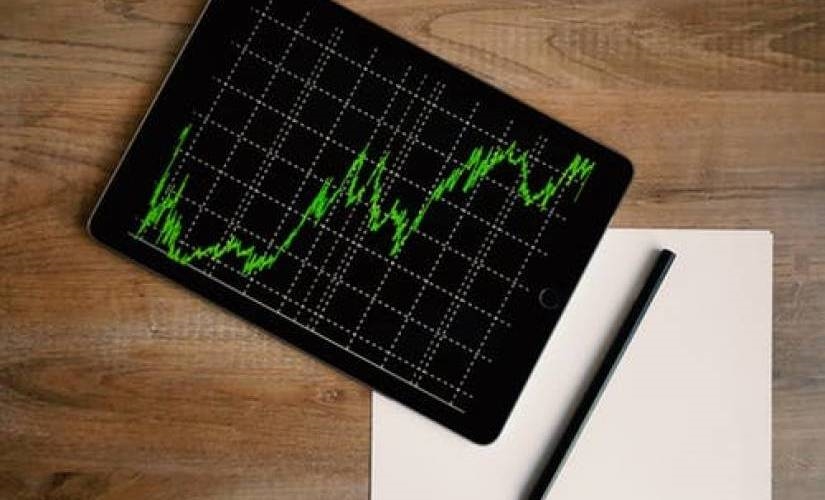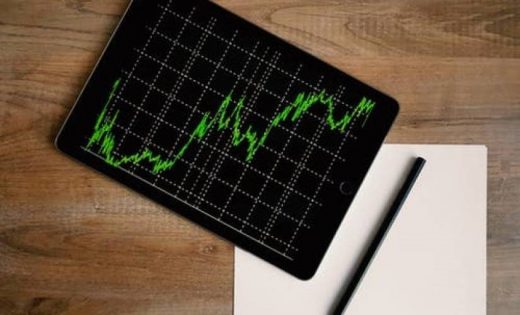5 IoT Business Case Examples and What They Teach Us
5 IoT Business Case Examples and What They Teach Us

What seemed to be a wave turned out to be a tsunami. IoT is communicating in various areas with an appeal and demand stronger than before. The technology is massively virulent, amassing most of the tech domain in advance. The Internet has pulled off the conventional means of retrieving information and services. Here are five IoT business case examples and what they teach us.
Internet of Things (IoT) is breathing life into businesses.
IoT has gained a compelling advantage over next-age technology. With that in mind, it has become the buzzword for market researchers, who have a taste for innovation.
IoT Business Application: Some Stats and Facts Revealed
About 79% of retail businesses will opt for IoT in one form or another this year. The reason is simple. IoT used to be expensive before. With it, business security and ROI was a gamble. IoT has transformed from limiting the prospects of being a leading solution provider.
Undoubtedly, IoT has helped 95% of businesses achieve benefits. These include building effective relationships with customers and increasing their revenue. They can predict the consumer pattern using IoT in combination with AI and cloud computing. IoT has made novel approaches. About 64 billion IoT devices will be used by 2025.
When talking about IoT implementation, these devices start popping around everywhere.
The main theme for IoT is to provide a personalized experience to the end-user. If you’re going on a vacation for a week, you can let you IoT-controlled pet monitor to keep you connected with your pet.
Connecting to the internet might expose you to online threats. While each device comes with an attack vector, companies embracing IoT must secure their businesses. The McKinsey Global Institute reported that IoT will impact industrial growth. It will be shifting the economics between $ 4 to $ 11 trillion each year by 2025.
This research suggests that IoT has the potential, waiting to be explored. It is also going to shed the hype-label attached to its early stages of development. Forbes connected with Intel to conduct a survey regarding the types of industries IoT will be affecting. Manufacturing, healthcare, and financial services will lead to IoT business adaptation.
Given the research, IoT network is finally expanding rapidly. However, the possibilities of shaping the future with IoT come alive with the following examples.
Examples of Businesses Ruling IoT and What They Teach
IoT action is still in demand among the services that tend to transform their industry. Some cases are discussed below:
1. All-Season Digital Farming with E-Kakashi.
Kakashi is Japanese for scarecrow, where E-Kakashi is an innovative turn that brings it to life with the help of IoT, AI, and cloud technology. To provide tech-enabled farming, PS Solutions partnered with Ericsson and CKD Corporation to launch the E-Kakashi platform.
This AI-IoT system works by analyzing current weather conditions, such as temperature, humidity, CO2 levels, and so on. The next action is determined by the Ericsson IoT accelerators and AI-supported analytics.
E-Kakashi keeps a constant check on the fields and greenhouses and monitors the solutions. Moreover, the field processes are then governed via smartphones, tablets and even PCs. The farmers can integrate their personal methods of agriculture using the intuitive app.
With the E-Kakashi example, farms going smart can come around utilizing the collective benefits of IoT, AI and cloud tech. Moreover, they can provide ideal conditions for the crops.
2. Estimote Beacons on Display at the Guggenheim Museum.
Beacons are a way to send personalized content to the user. They help the latter explore the content as they walk past the IoT sensors. The Guggenheim Museum in New York City pushes proximate content to the visitors.
The Museum has its own app that allows the users to plug in their earphones. It allows the visitors to experience details of the artifact they walk past. As soon as you move towards an artwork, the beacons sense the proximity of your device.
You will be provided contextual information, including text, image, and video media. This beacon-led navigation provides an overall learning and stimulating experience to the viewer. It enables the users to receive messages about events and opportunities receiving the right information to the right people at the right time.
With the smart implementation of beacons, businesses from fashion to art industry can shape the shopping experience. A small IoT business can use the beacon technology to create a dense real + virtual experience for their consumers.
3. Air-Quality Monitoring with Aclim.
While human health is important, environmental protection can be ensured simultaneously by Aclima. It is a US-based tech company that designs and deploys sensor networks to create an intelligent environment.
Via the sensors, the system monitors, evaluates, and analyzes the air quality in the American cities. It also detects the pollutants and stores relative data. From neighborhood to neighborhood, the Aclima-equipped Google Street View cars can collect about 2 billion data points each day.
Since the data gathered is too much, the company chose Google cloud storage to handle and provide scalable potential. So, what does Aclima does with all the information?
Aclima claimed to collect 2.7 billion data points over 14,000 miles in Oakland, CA in 150 days. Using this data, Aclima and Google provided new ways of managing and utilizing the resources. Following the example of Aclima, any health-related IoT business can monitor the factors affecting urban life.
4. Waste Management with Bigbelly.
While sensors in the IoT application are required more than before, Bigbelly is a global innovator using IoT for waste management. Each of the units communicates its real-time status and sends notifications to the crew for collection. Bigbelly includes system setup tools, evaluation, management, and optimization via a mobile app or software.
The purpose of this system is to optimize waste management, increase productivity, and keep the public areas clean.
While the sensors detect the waste in high traffic areas, Bigbelly also provides a capacity model for less busy areas. The system is 100% intelligent with 5 times the capacity of the traditional waste bins. It also claims to collect 5,985,727 waste globally during the past 12 months.
Each unit comes with a customizable option of this cloud-connected and IoT business, which is yet an accomplishment.
5. Connectivity Management with China Telecom.
Cloud-computing and IoT are letting the Chinese government gain traction at the global front. Ericsson estimated that China will constitute the world’s cellular IoT connections more than half. The number of these will increase over 2 billion by 2024.
China Telecom utilized Ericsson IoT to launch connection management that fits perfectly within the ‘One Belt, One Road’ initiative. It has now connected over 400 enterprises and has created more than 10 million links. This initiative also serves as a national motive to increase digital transformation of the workplace and industries in China.
Wrap Up
IoT is dipping in almost every dimension it comes across. It has the potential to create awe-inspiring experiences in any industry.
The mammoths dominating and driving IoT applications to the edge of novelty. It won’t be wrong to say that the up-and-coming businesses will secure their grip on the IoT innovations.
The post 5 IoT Business Case Examples and What They Teach Us appeared first on ReadWrite.
(31)


